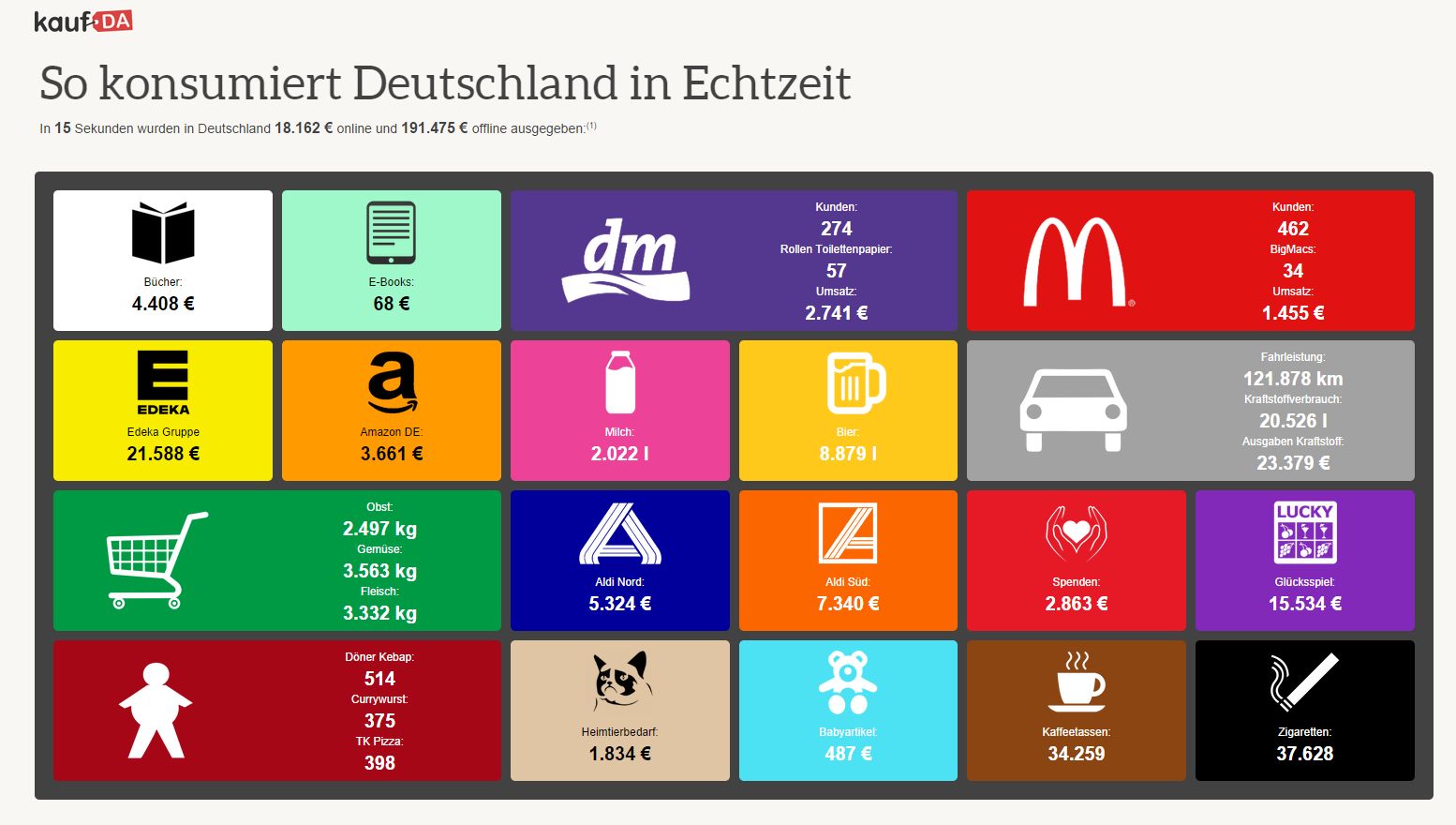 Choosing Between Short-Form and Long-Form Content: A Comparative Analysis
Choosing Between Short-Form and Long-Form Content: A Comparative Analysis
In the world of content marketing, the debate between short-form and long-form content rages on. Both types of content have their own unique advantages and disadvantages, making it crucial for brands to carefully consider which one is the best fit for their marketing strategy. In this article, we will delve into the differences between short-form and long-form content and help you make an informed decision for your brand.
Short-form content is exactly what it sounds like – concise and straight to the point. With a typical length of less than 1,000 words, short-form content is designed to be consumed quickly, making it perfect for social media platforms like Twitter and Instagram where users have limited attention spans. It thrives on providing quick, digestible information that can be easily shared.
Brands that want to convey their message efficiently and effectively often turn to short-form content. It is particularly suited for topics that do not require extensive explanation or in-depth analysis. Examples of short-form content include social media posts, blog posts, and infographics.
One of the main advantages of short-form content is its ease of consumption. In a world where time is a precious commodity, short-form content appeals to busy readers who do not have the luxury of spending extended periods on lengthy articles or blog posts. Additionally, short-form content is highly shareable on social media platforms, as users are more likely to engage with content that can be quickly consumed and shared with their networks.
However, short-form content does have its limitations. Its brevity can hinder the depth of information that can be provided. For complex topics that require detailed analysis, short-form content might not be the best choice. Furthermore, short-form content may not be as effective at driving organic search traffic to your website. Search engines like Google tend to favor long-form content that offers comprehensive information, potentially diminishing the visibility of short-form content in search results.
Long-form content, on the other hand, goes beyond the surface and delves deep into a topic. With a length that often exceeds 1,000 words, long-form content provides detailed information and analysis. It is particularly popular for topics that require thorough explanation or for brands aiming to establish themselves as thought leaders in their industry.
Long-form content takes various forms, including whitepapers, e-books, case studies, and in-depth blog posts. While creating long-form content demands more time and effort, it can be highly effective at engaging readers and driving organic search traffic to your website.
One of the primary advantages of long-form content is its ability to establish your brand as an authority in your industry. By offering in-depth analysis and valuable information, you can build trust with your audience and position yourself as a thought leader. Long-form content is also more likely to improve your website’s visibility in search results as search engines prioritize comprehensive content.
Nevertheless, long-form content has its drawbacks as well. Its creation requires a significant investment of time and effort, making it less feasible for brands with limited resources or small teams. Additionally, due to its length, long-form content may not perform as well on social media platforms where users seek quick, digestible information that can be easily shared.
So, which type of content should you use for your brand? The answer lies in your goals, target audience, and resources. If you aim to swiftly convey your message to a broad audience and engage with users on social media, short-form content may be the ideal choice. On the other hand, if you aspire to establish yourself as an authority and drive organic search traffic to your website, long-form content may prove more effective.
Ultimately, striking a balance between short-form and long-form content is key. By incorporating both types of content into your marketing strategy, you can reach a wider audience and engage with users at different stages of the buyer’s journey. Understanding your goals and target audience will help you choose the type of content that aligns best with your brand’s objectives.
In conclusion, both short-form and long-form content have their own advantages and disadvantages. It is crucial to carefully consider your goals and target audience when deciding which type of content to leverage. By incorporating short-form and long-form content into your marketing strategy, you can maximize your reach and engagement with your audience.
